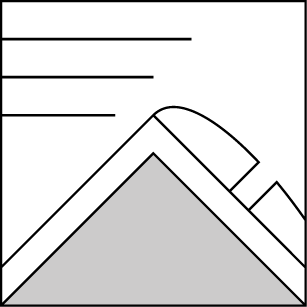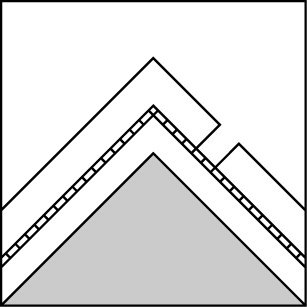Basic Information
Observation Details
Observation Date:
January 12, 2020Submitted:
January 13, 2020Observer:
SAC - VandenBosZone or Region:
Sawtooth and Western Smoky MtnsLocation:
Salmon Headwaters to Smoky CrestSigns of Unstable Snow
Recent Avalanches?
YesCracking?
IsolatedCollapsing?
None ExperiencedSnow Stability
Stability Rating:
PoorConfidence in Rating:
ModerateStability Trend:
WorseningBottom Line
Decreasing stability and increasing hazard.
Advanced Information
Weather Summary
Cloud Cover:
ObscuredWind:
Moderate , SWContinued light orographic snowfall throughout the day under obscured skies. Snowing S-1 to S1 from noon through sunset. Winds shifted to SW and picked up appreciably around 3pm, blowing low end of moderate at middle and upper elevations, transporting large amounts of snow. Difficult to get a handle on amount of new snow - estimating 30-40cm since start of storm on 1/10.
Avalanche Observations
| # | Date | Location | Size | Type | Bed Sfc | Depth | Trigger | Comments | Photo |
|---|---|---|---|---|---|---|---|---|---|
| 2 |
Near Smoky Crest SE 10,200' |
D1 | SS | I-New/Old Interface | 30-60cm |
AS-Skier c-Intentional |
Intentionally triggered small slabs on steep, heavily wind loaded test slope | None |
Snowpack Observations
Went out looking for three things:
1. Character of snow at low elevations, just off valley bottom. In the area I traveled the snowpack was very weak at lower elevations, but unresponsive in stability tests, likely due to lack of an overlying slab. Although HS didn't change drastically, the strength of the snowpack (judged by resistance to pole probing and significant change in ski penetration) increased about 400-500' above valley bottoms.
2. Behavior of 12/31, particularly where accompanied by a crust on solars. Dug at 8,500' on SSE where HS=75-85cm. 12/31 yielded variably propagating results in ECTs with moderate force and repeatably short critical cut lengths (END) in PSTs (low 20s). This layer seems to have a tricky distribution thanks to variable sky cover during formation. In some places there was not adequate solar input to generate a crust and it is much less touchy. In others it produces unstable test scores.
3. Amount of wind loading. Winds picked up significantly in the mid-afternoon, accompanied by a shift from NW to SW. Easily transporting new snow into fresh drifts in exposed terrain.
Avalanche Problems
| Problem | Location | Distribution | Sensitivity | Size | Comments |
|---|---|---|---|---|---|
 Wind Slab
Wind Slab
|
|
Comments: Slabs increasing in size and distribution into nightfall. |
|||
 Persistent Slab
Persistent Slab
|
|
Unknown |
Layer Depth/Date: 12/31, down 50cm where I dug (suspect deeper elsewhere) Comments: Worst where accompanied by a crust, on mid elevation solars. |
||
 Persistent Slab
Persistent Slab
|
|
Layer Depth/Date: 12/7, 11/26 Comments: The monster in the basement. Will be interesting to have a look around after these storms draw to a close and see what sort of activity occurred on these layers. |
Terrain Use
Avoidance
